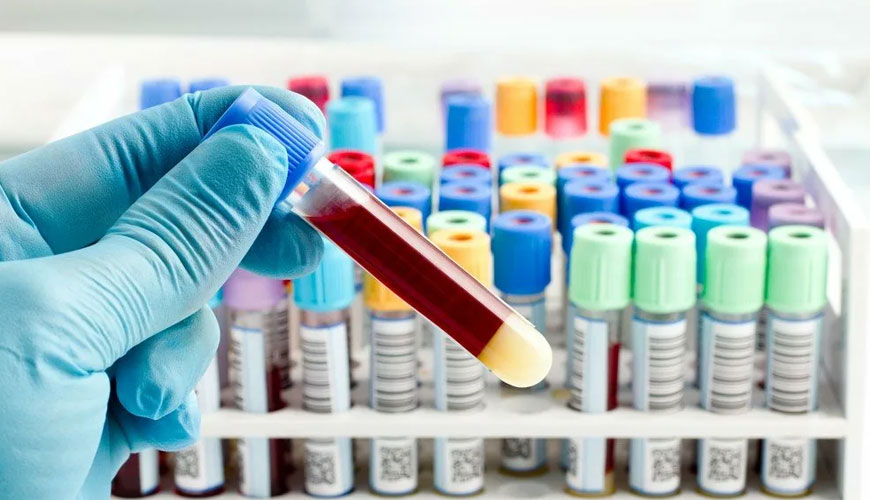

Some plants are beneficial to humans, their compounds are classified as medicinal. Some plants are harmful and their compounds are classified as poisonous. Honey is secondary products derived from plants and contains a number of chemical compounds that are considered medicinal or toxic, depending on their concentration and application. In some documents dating back to BC, it was seen that poisonous honey was known. It is said that all those who eat this honey lose their minds, have vomiting and diarrhea, cannot stand up, those who eat less are like very drunk people, and those who eat a lot are like crazy. However, in ancient times, this honey was also used for therapeutic purposes.

Today, grayanotoxin containing honey has been identified as the cause of numerous near-death symptoms. Because honey and herbal preparations containing grayanotoxin are currently sold online, it can pose an unexpected health risk.
Mad honey differs from normal natural or commercially available honey in that it is contaminated with grayanotoxins, which can cause poisoning when consumed. Grayanotoxins are extracted by bees from nectar and flower pollen of plants belonging to the ericaceae (health) family.
Mad honey has long been used extensively as an aphrodisiac (sexual stimulant), alternative treatment for peptic ulcers, indigestion and gastritis, and for hypertension. Grayanotoxin causes different rhythm disorders and respiratory depression. Patients are also exposed to effects such as dizziness, blurred vision, diplopia, nausea, vomiting, vertigo, headache, excessive sweating, impaired consciousness, inability to stand and weakening.
Analysis of grayanotoxins in plant material is often the only reliable method for determining the potential risk of certain plant species. Chromatographic methods have been developed to determine the presence of grayanotoxins in plant material and honey. In general, a two-dimensional thin layer chromatography (TLC) method is applied for its qualitative analysis. This method is fast and gives results within four hours. A liquid chromatography/mass spectrometry method allows the detection of grayanotoxin in serum or urine at nanograms per gram level. Grayanotoxins can be detected in the urine 3-5 days after exposure. Serum samples are collected in a tube, separated from the clot and stored frozen. The presence of grayanotoxin in the sample is consistent with exposure to erucous plants from the environment.
Our organization also provides grayanotoxin analysis services with its trained and expert staff and advanced technological equipment, among the numerous test, measurement, analysis and evaluation studies it provides for businesses in various sectors.
To get an appointment, to get more detailed information or to request an evaluation, you can ask us to fill in our form and reach you.